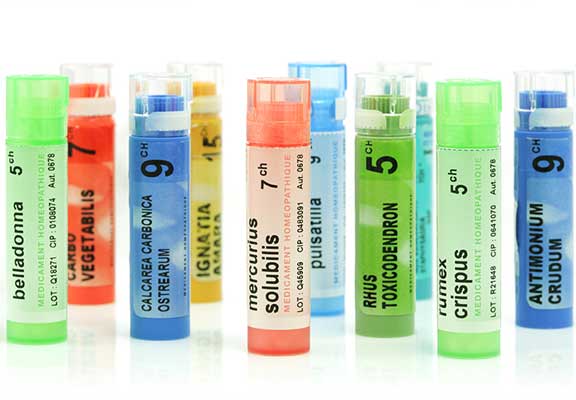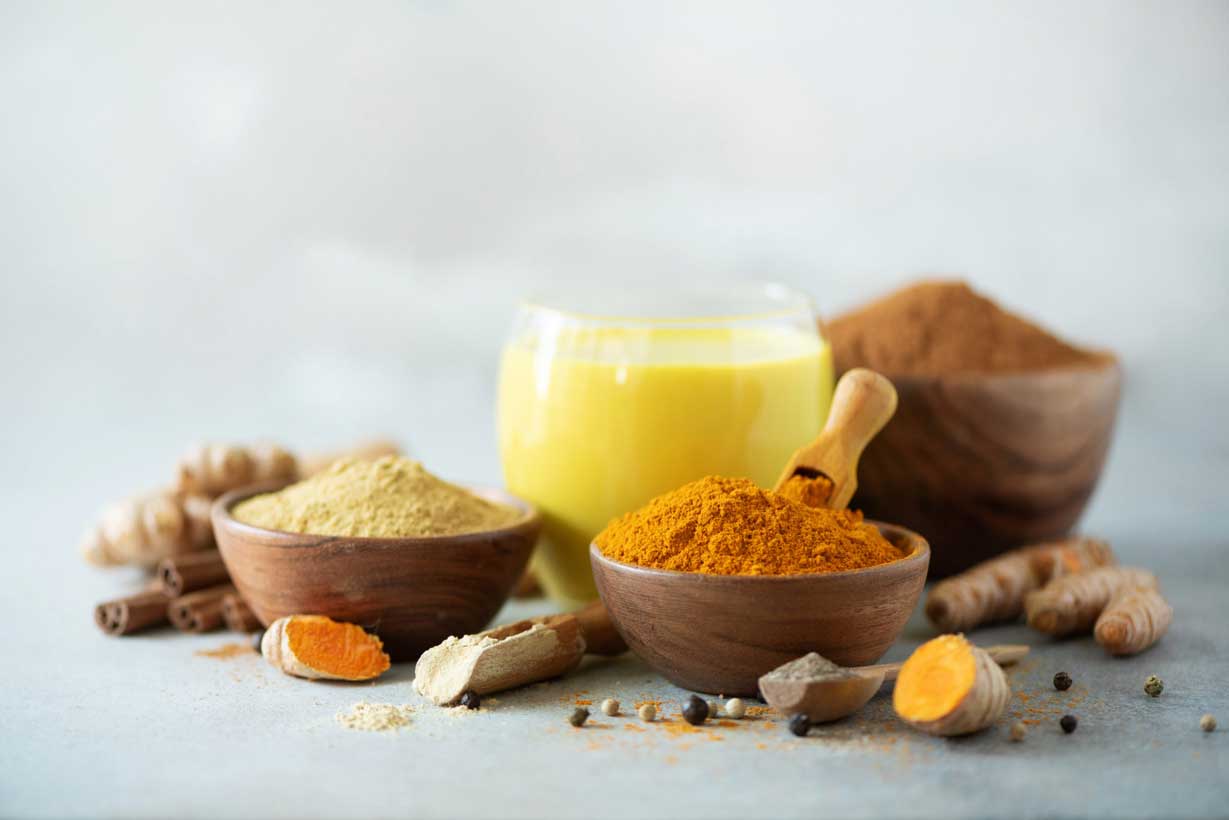Homeopathy




What is it?
Homeopathy is a natural form of alternative medicine with multiple benefits that is used by more than 200 million people around the world to treat different conditions. The underlying principle behind homeopathy is “like cures like”. What this means is that a substance taken in small amounts will cure the same symptoms it causes if taken in large amounts.
The term homeopathy or homeopathic medicine has also been confused with natural or alternative solutions simply found in the home. Some of the confusion stems from the fact that homeopathic medicines, also called “remedies” are derived natural substances such as plants minerals and animal sources.
One example of a homeopathic remedy is coffea cruda, made from coffee. A healthy person who drinks coffee for the first time might experience symptoms such as nervousness, over-sensitivity, racing thoughts, palpitations, shaking hands or restlessness. While coffee can cause these symptoms in a healthy individual, Coffea Cruda can cure these symptoms in an unhealthy person. It is used for excitement of the mind, rapid thinking, excitability, insomnia and racing thoughts.
This concept is actually sometimes used in conventional medicine as well, for example, the stimulant Ritalin is used to treat patients with ADHD (Attention Deficit Hyperactivity Disorder). Small doses of allergens, such as pollen, are sometimes used to desensitize allergic patients. An important difference with homeopathy however, is that the medicinal doses (known as remedies) are so small that toxic side-effects are avoided.
Core philosophy
According to the British Homeopathic Association, the key concepts behind homeopathy are dilutions and the “memory of water” theory. Homeopathic medicines are made through a specific pharmacological process of dilution and vigorous shaking. While often times medicine is diluted to the point where there may be no molecules of original substance left, water is capable of storing information relating to substances with which it has previously been in contact. The medicine is often dispensed via plain sucrose tablets, lactose tablets or plain water.
Swiss chemist, Louis Rey, found that the structure of hydrogen bonds in homeopathic dilutions of salt solutions is very different from that in pure water. Furthermore, through spectroscopy, it has been concluded that different dilutions of the same medicine can be distinguished from each other, despite the fact that all should contain nothing but water. Dr. Martin Chaplin, a respected British professor who is one of the world’s experts on water, has verified that “homeopathic water” and “regular water” are not the same. Homeopathic medicines should be in fact considered a type of “nanopharmacology” where the word “nano” means one-billionth of a size.
How homeopathic medicines work is not known with certainty. However, there are plenty of examples of reactions to extremely small amounts of a substance. For example, a shark can sense small amounts of blood in the ocean and sharks, like all living creatures develop extreme hypersensitivity for what will help ensure their survival.
Scientists at several universities and hospitals in France and Belgium believe that in the process of making homeopathic medicines, very small amounts of silica fragments fall into the water. These fragments contain information about the medicine that was initially placed in the water, storing information in the water. Other phenomena that happens in the production process, include the creation of micro-bubbles and nano-bubbles (which creates different microenvironments), the change of pressure in the water, and the change in the structure of the water itself.
There is increasing evidence that homeopathic dilutions have a demonstrable effect on living organisms examined under laboratory conditions. Professor Luc Montagnier, the French virologist who discovered the AIDS virus, recently published research that confirms that the high dilutions used in homeopathy result in modifications to the water’s structure, which mimics the original molecules used to make the medicines.
It is important to understand that nanopharmacological doses will not have any effect unless the person is hypersensitive to the specific medicinal substance. Hypersensitivity is created when there is some type of resonance between the medicine and the person. Because the system of homeopathy bases its selection of the medicine on its ability to cause in overdose the similar symptoms that the sick person is experiencing, homeopathy’s principle of similars is simply a practical method of finding the substance to which a person is hypersensitive.
Although there is not a precise explanation on how homeopathy really works, this practice has more than 200 years of evidence from hundreds of thousands of practitioners and millions of patients. More research on this amazing practice will provide more light on how homeopathy and nanopharmacology provide the positive effects on patients.
History
Samuel Hahnemann is the father of homeopathy. The concept of “like cures like” was around for thousands of years before Hahnemann, but he was the first to experiment with it and develop it into an entire system of medicine known today as homeopathy. Dr. Hahnemann practiced at a time when most conventional doctors were using leeches, heavy metals and other toxic substances to cure disease. As a number of these treatments proved to be ineffective, Dr. Hahnemann went into medical editing.
While translating Dr. William Cullen’s report on the use of Cinchona bark to cure malaria, Hahnemann questioned the author as to why he thought this tree bark was so effective in curtailing the disease. Cullen replied that the cure resulted from the bitterness of Cinchona, but Hahnemann was not convinced so he decided to test Cinchona further, but this time, he elected to test the medicine on himself. After taking repeated doses, Hanemann began to experience chills, fever, and diarrhea. And these three symptoms, he noted, were the very same symptoms that characterize malaria, the disease which Cinchona bark was found to cure.
This thought later became one of the founding principles of Homeopathy; “Similia Similibus Curentur” (let likes be treated with likes). If a healthy person takes a substance and develops symptoms, that substance will in turn alleviate the person naturally suffering from the similar symptom picture. Hahnemann throughout his time tested hundreds of substances in similar ways. His potency preparation evolved from his original procedures. Namely, instead of using substances in their poisonous crude form (as he tested on himself), he used the smallest, minimum dosage (known as the homeopathic form). A toxic substance prepared homeopathically, entails no toxicity at all; thus resulting in a gentle, consistent, and more permanent cure.
He now began to determine and record the effect of a large number of substances on the human body and gathered together a band of helpers to whom he gave remedies, interrogating them daily on sensations experienced. He called this a proving, which provided the medicinal properties that these natural substances encompass. Afterwards, he was then able to produce a materia medica (book of remedies) consisting of symptoms produced in healthy volunteers. This materia medica represented a vast collection of very accurate observations. These pictures, when matched with the symptoms of a sick person, enabled him to identify the remedy which would cure the patient. He found when actually treating patients, that a small material dose of the substance would produce an aggravation of symptoms before it cured. He then started to dilute the remedies, and vigorously shake them (succusing) between dilutions. This produced a cure without the aggravation.
Whereas Hahnemann claimed that homeopathy could cure all or virtually all diseases, his followers modified these claims in the hope of becoming accepted by orthodox medical practitioners. One of the first institutions devoted to homeopathy was the American Institute of Homeopathy, founded at the end of the nineteenth century, when it seems that a rapprochement between homeopaths and conventional physicians gradually unfolded. Homeopaths adopted new orthodox treatments while allopaths (regular orthodox physicians) borrowed homeopathic remedies. In 1903, after a long antagonism, the American Medical Association invited homeopaths to join the Association. The Food, Drug and Cosmetic Act of 1939 in the USA allowed homeopathic medicines to be sold openly on the market.
Today Homeopathy is practiced all over the world providing health benefits to users. It stands as the major form of alternative health care in India, Great Britain and Europe and it is extensively practiced in South America. Currently, it is regaining its popularity in North America. Even celebrities and professional athletes are using homeopathy.
Benefits and uses
Homeopathy is a natural, holistic approach to healing a person. It is individualized for each person because not everyone is alike. Here are the different benefits of homeopathy:
- Homeopathic treatments address disease at the root level, hence enhancing resistance to the disease.
- It does not interfere with medications taken by a person.
- If an incorrect remedy is selected, it is completely safe and will not harm the person at all.
- It can be used for chronic or acute conditions and is fast-acting.
- Unlike some conventional medicine which suppresses the body’s natural defense mechanisms, homeopathy works in harmony with your immune system.
- Homeopathic remedies are readily available and can, therefore, be used by anyone.
- Remedies are typically inexpensive and therefore provide an affordable approach to healing
- Homeopathy is non-invasive.
- It can be used by pregnant and nursing women.
- It can be used by children and infants.
Who practices it
The majority of allopathic medical schools in the United States now offer courses on homeopathy medicine. Beginning in 1997, primary care allopathic physicians have been able to take courses designed to introduce them to homeopathy and to encourage them to incorporate homeopathy in their practices.
The practice of homeopathy is diverse. While many practitioners are medically licensed, many are non-licensed. Quality varies greatly from those who take a weekend course and hang up a shingle, to those who have seriously studied homeopathy for many years and are certified in their practice.
In the United States, some states require homeopathic doctors to have a MD or DO degree to practice homeopathy since it is still considered a medication. In states where this is not required, practitioners can choose to become a MD or DO anyway and even still, some schools require it. However, homeopathy is not fully recognized in the United States officially. Someone who practices homeopathic medicine won’t work at a hospital or have the privileges of MD or DO physicians unless they also hold those titles.
In all states it is not allowed to practice medicine without a license. Otherwise, it’s unregulated and any health professional may use homeopathy, ranging from naturopaths, chiropractors, acupuncturists, veterinarians, dentists, nurses or physician’s assistants.
For professionals, including ones with MD and DO credentials who want to pursue homeopathic education, there are several well-known institutions, including:
- American Medical College of Homeopathy.
- National College of Naturopathic Medicine.
- Bastyr University.
- Southwest College of Naturopathic Medicine.
In addition, most reputable professionals practicing homeopathy are accredited by the Council for Homeopathic Certification, which was created to establish a standard of professional competency for the homeopathic profession and to assist the public in their choice of homeopathic practitioners. This is done through the administration of a certification exam offered to homeopaths that are currently residing in North America, and the publication of a national directory.
What to expect
The initial evaluation will be at least an hour and sometimes it can take as much as two or three hours. In addition to asking about physical, mental and emotional challenges, the practitioner will try to learn what makes the symptoms better or worse, what kind of foods the patient craves or abhors, what the sleep patterns are like, the pattern of the patient’s dreams, weather preferences and more. The practitioner will ask for specific descriptions for the sensations (for example, the patient can say that the pain in the abdomen feels like a live animal growling). This sort of questions, while unusual, are critical in a homeopathic evaluation.
After analyzing the information and arriving at several potential remedies, the homeopath determines if the patient’s problem is acute, chronic, an inherited illness, or an illness due to suppressive effects of a previous treatment. The homeopath then blends his/her natural science training in anatomy, pathology, biochemistry, etc. with his/her observation of the patient and understanding of the patient’s self-description.
The selection of any homeopathic remedy is made on the totality of the symptoms presented by the patient. The art of homeopathy consists of processing this information into a synthesis, a “remedy portrait” or gestalt, which corresponds most closely to the remedy to stimulate a healing response. The challenge of homeopathy, even in the treatment of apparently purely physical conditions, is to select a few probable remedies from thousands of possible remedies. The goal of the homeopath is to remove the symptoms and eliminate the underlying cause of the problem by stimulating the body’s natural curative powers. This is the reason for obtaining such a detailed analysis of the patient to understand the cause of the problem.
After a dose of the indicated remedy, the patient and homeopath must now wait. Depending on the nature of the problem and the potency of the remedy, a return visit is scheduled approximately one month later. While there have been cures after just one dose, most chronic cases take months or more. The process is highly individual.
The patient’s reaction can be nothing or an aggravation followed by nothing or an aggravation followed by improvement, or gradual and gentle improvement. Old symptoms and even mental and psychological complexes may return briefly and then be relieved or eliminated. As improvement occurs, and as the remedy potency is increased, the patient returns less frequently until he/she only needs to come for treatment of any new acute problems. Many users of homeopathy report multiple and gradual health benefits over time.
Interesting facts
- Over 500 million people use Homeopathy worldwide.
- Homeopathy is the second most widely used system of medicine in the world.
- A survey article out of Harvard shows that homeopathic medicine, while still only used by a small fraction of the US population, has jumped 15% in use. In addition, most users put homeopathy among the top 3 complementary and integrative strategies they use in their health care.
- Use of homeopathy in the US is lower than in many European countries, representing substantial potential. A recent italian wire-service story reported findings of a 2012 survey that found use as high as one-in-six adult Italians.
- Almost every pharmacy in Germany and France stocks homeopathic remedies.
Closing statement
While the specific mechanics of how homeopathy work remain unknown, its benefits are many and its popularity continues to grow. A variety of articles and experiences can be found online describing innumerable patients who have cured or improved specific symptoms after working with a homeopathic doctor.
As with other alternative practices, the conventional scientific body is torn on what to think of homeopathy. Some claim it is bogus, some others admit it is highly effective despite not understanding how it works. One thing that is clear is that homeopathic medicine continues to grow its fan base around the world, largely because of its reported benefits.
Newsletter
Sign up for emails to get the scoop on our latest articles, new developments and more.

